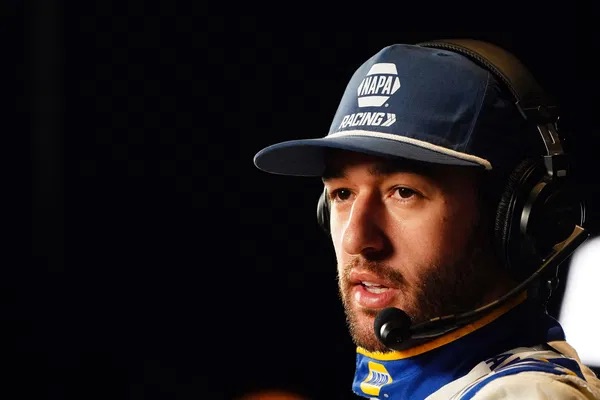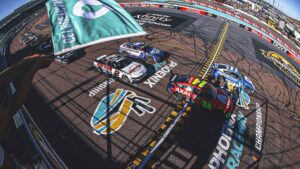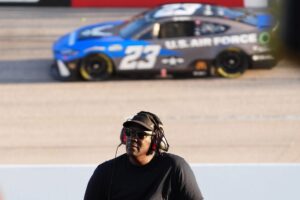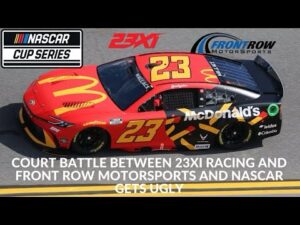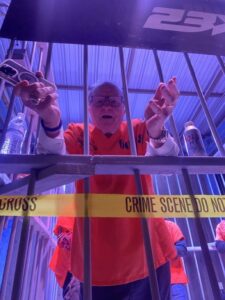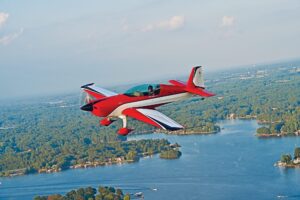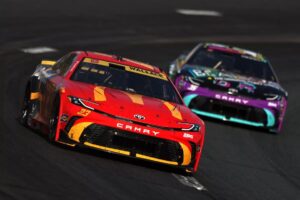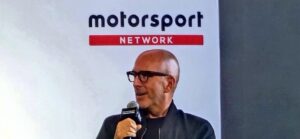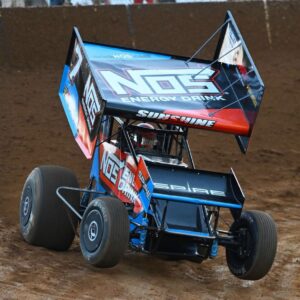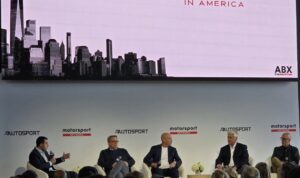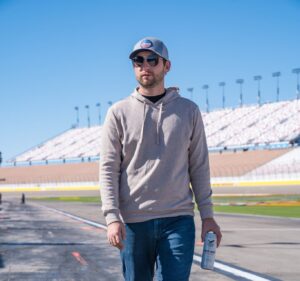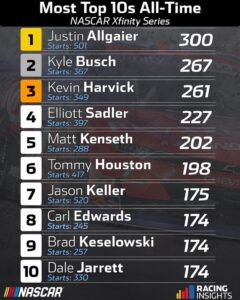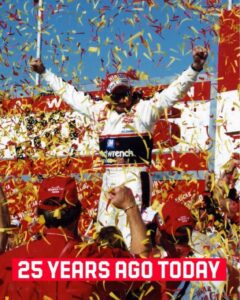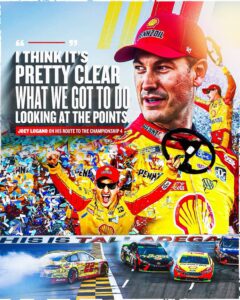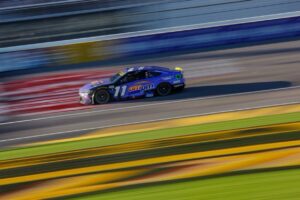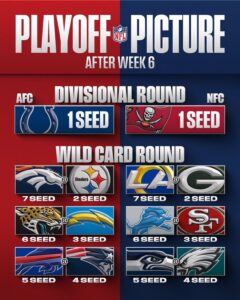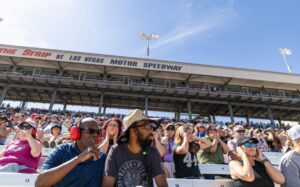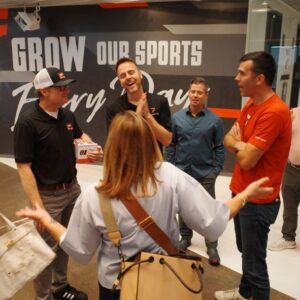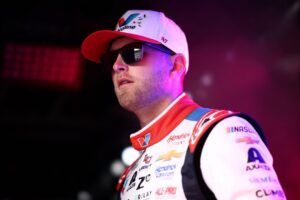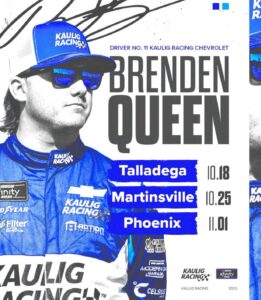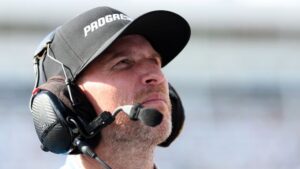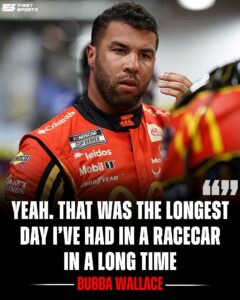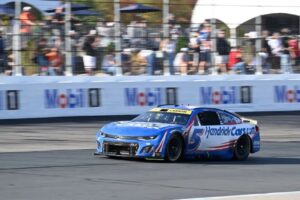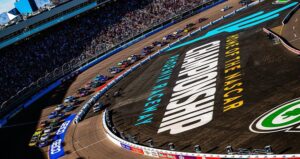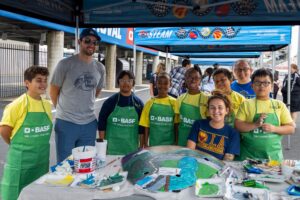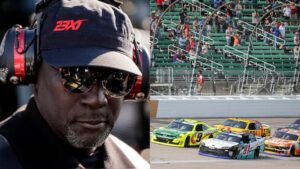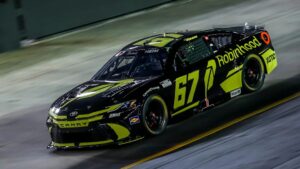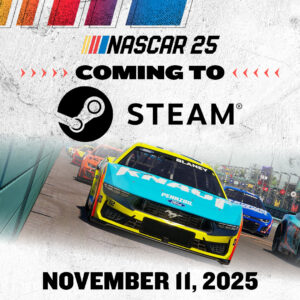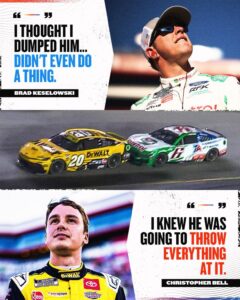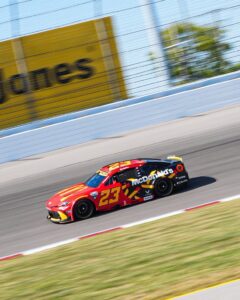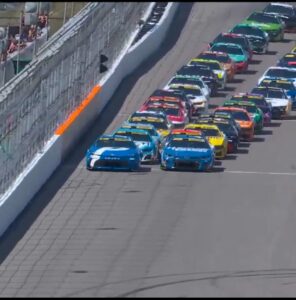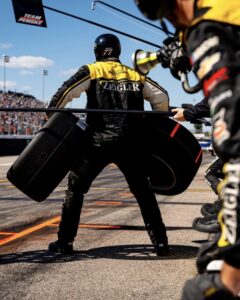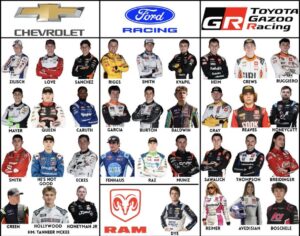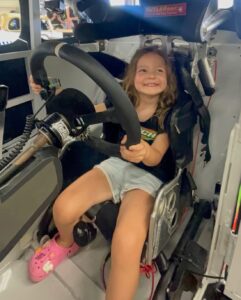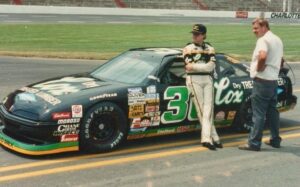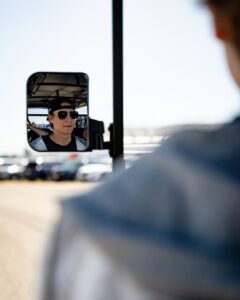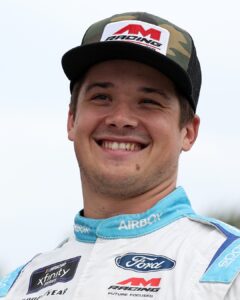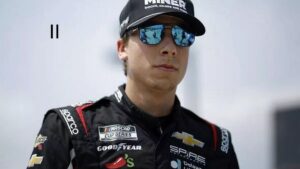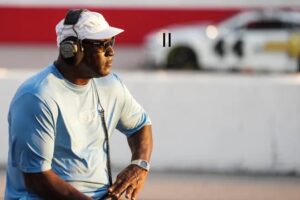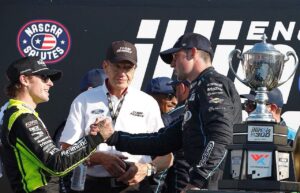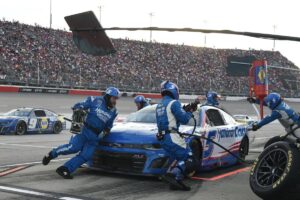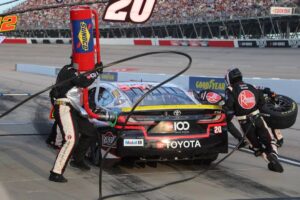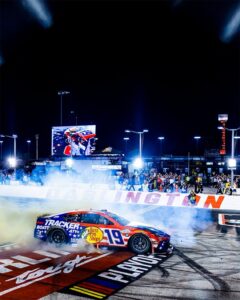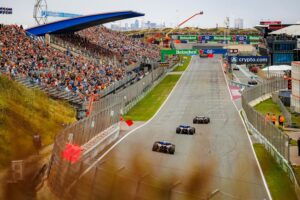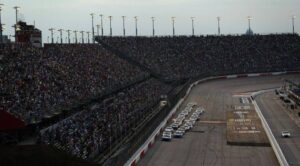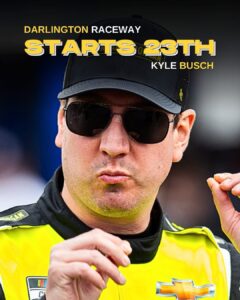Chase Elliott is no stranger to adapting to different styles of racing. As a former NASCAR Cup Series champion and one of the sport’s most versatile drivers, he has taken on everything from superspeedways to road courses—and even ventured into the world of street racing.
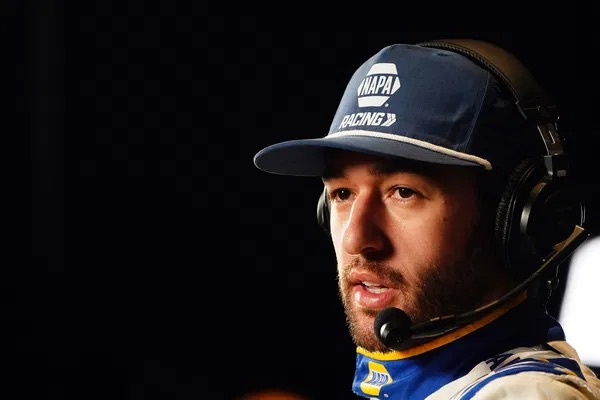
With NASCAR’s recent expansion into street circuits, including the Chicago Street Race, Elliott has faced a new set of challenges that have pushed him to the limit. In a recent interview, the Hendrick Motorsports driver opened up about the difficulties of racing on the tight, unpredictable confines of a street course and what it takes to succeed in such an environment.
The Unforgiving Nature of Street Courses
Unlike traditional road courses or ovals, street circuits leave no room for error. One of the biggest challenges Elliott highlighted was the lack of runoff areas and the ever-present threat of concrete barriers.
“In a normal road course, if you overshoot a corner, there’s usually a gravel trap or some grass to save you,” Elliott explained. “On a street course, if you make a mistake, you’re in the wall, and your day is pretty much done.”
This unforgiving nature of street racing means drivers must strike a perfect balance between aggression and patience. Unlike a track like Watkins Glen, where Elliott has excelled with multiple wins, a street circuit requires even more precision.
Track Evolution and Changing Conditions
Another major challenge Elliott discussed was the constantly changing track conditions. Since street circuits are built on public roads, the racing surface is not as predictable as a purpose-built track.
“Every time you go out there, the track is different,” he said. “You’re dealing with things like manhole covers, painted lines, and surface changes that make it tough to get into a rhythm.”
As rubber builds up and grip levels change throughout the race, teams have to make constant adjustments to the car’s setup. Elliott emphasized that adaptability is key, and having a crew that can anticipate these changes is crucial to staying competitive.
Limited Visibility and Racing in Traffic
Elliott also noted that visibility is another significant issue when navigating a street circuit. The walls create a “tunnel effect,” making it difficult to see around corners and anticipate upcoming moves.
“When you’re running in traffic, especially on a restart, you’re basically reacting to the guy in front of you,” he said. “You can’t always see what’s happening two or three cars ahead, so it’s a lot of trusting your instincts.”
This becomes even more intense in the closing laps when drivers start making aggressive moves for position. With tight corners and limited room to pass, Elliott acknowledged that patience and racecraft play a huge role in staying out of trouble.
Looking Ahead to Future Street Races
Despite the challenges, Elliott remains optimistic about the future of street racing in NASCAR. He sees the format as an exciting way to bring the sport to new audiences and test drivers in unique ways.
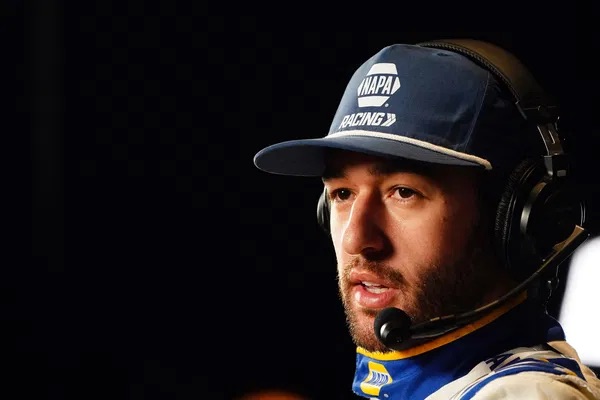
“Street racing is a completely different animal, but it’s also a fun challenge,” he said. “As a driver, you always want to push yourself and improve in every discipline. These races are tough, but they make you better.”
As NASCAR continues to experiment with new venues, Elliott knows that adapting to these demanding circuits will be key to staying competitive. Whether it’s Chicago or a potential new street race in the future, he’s ready to take on the challenge—one tight corner at a time.
